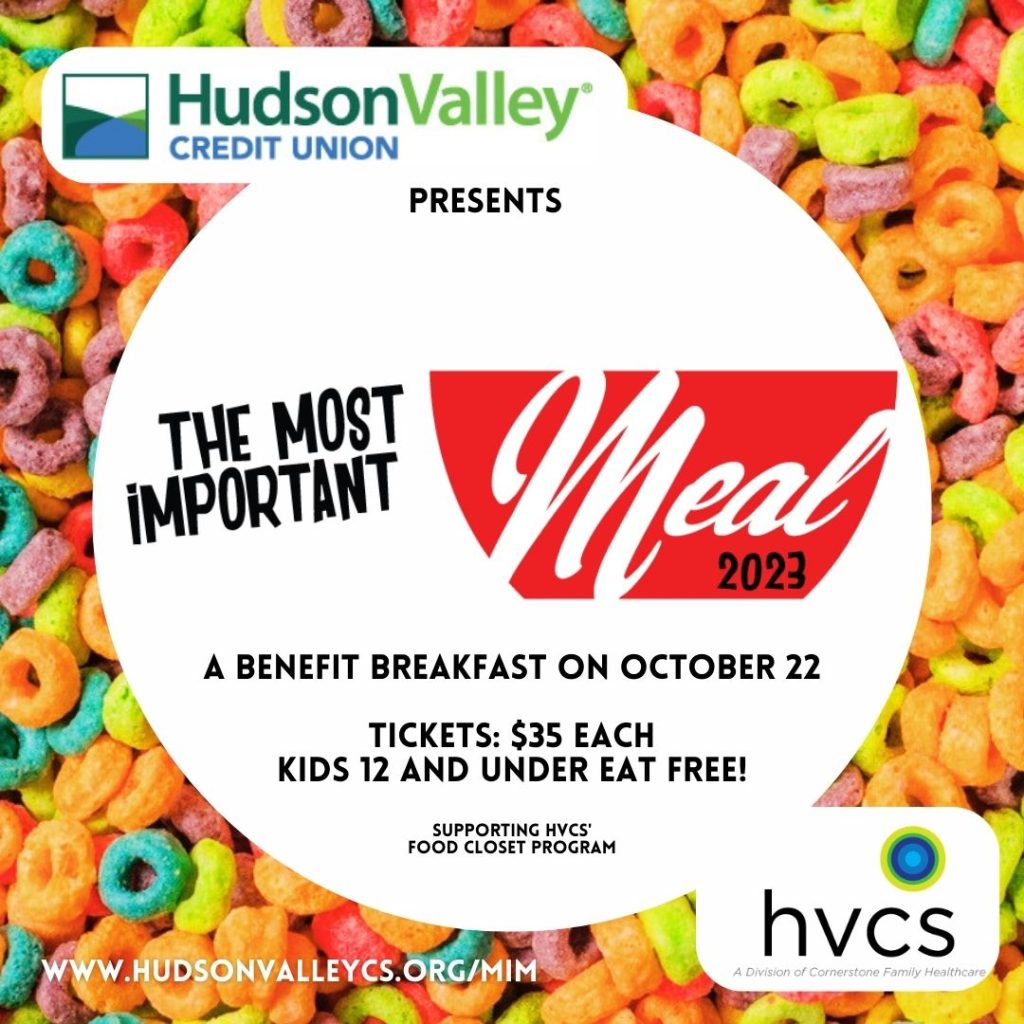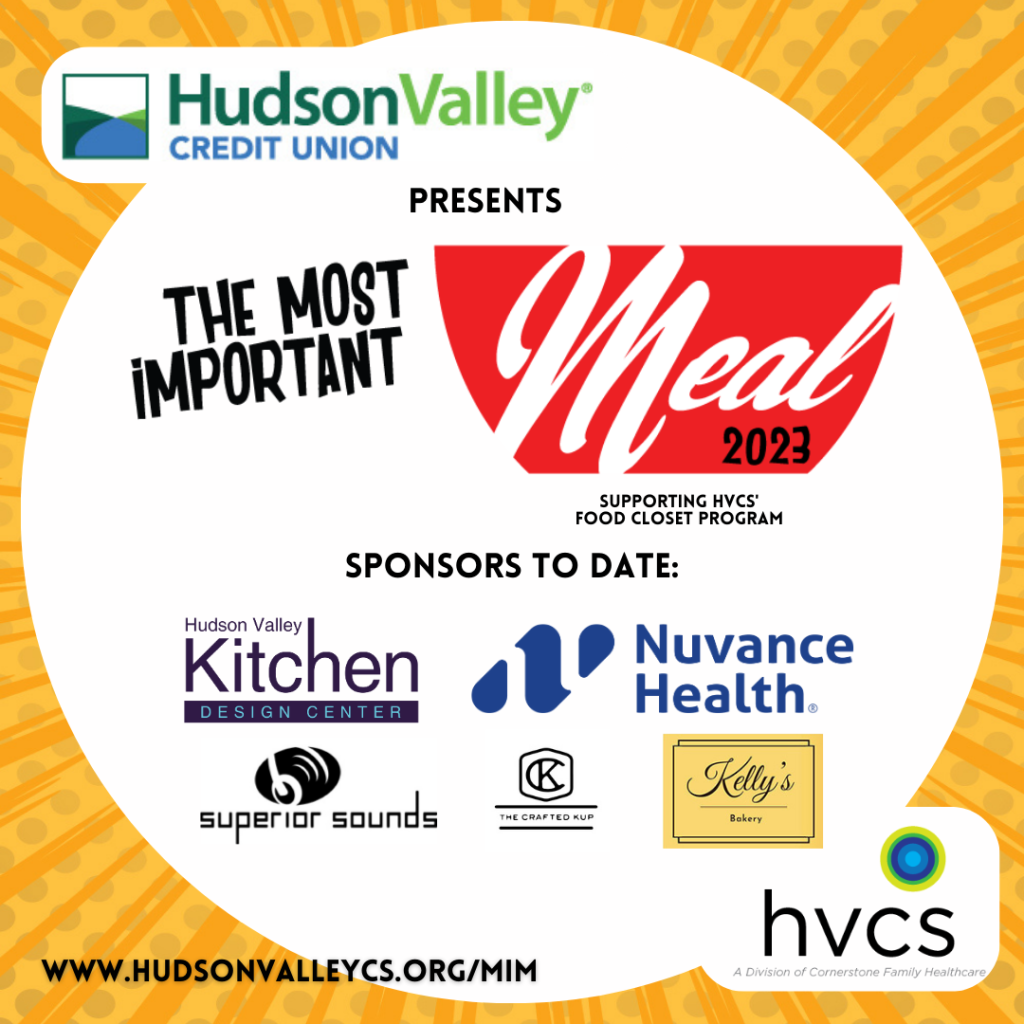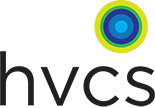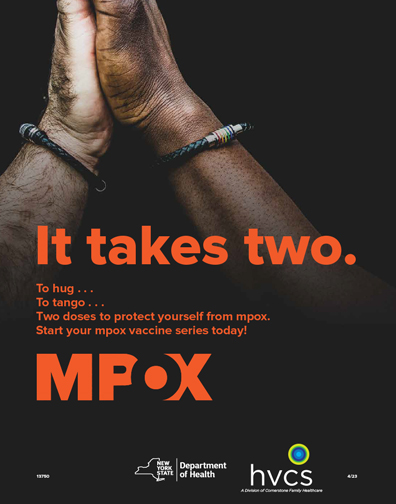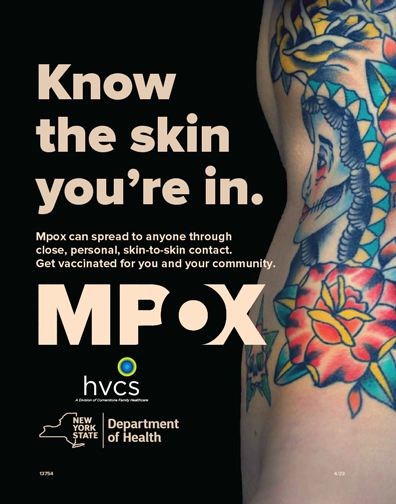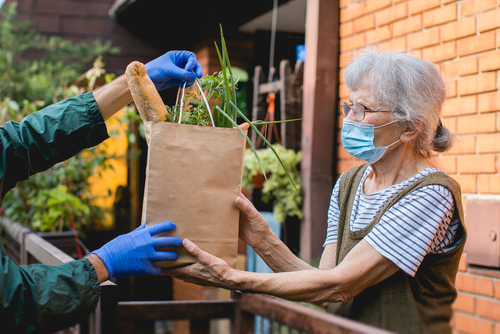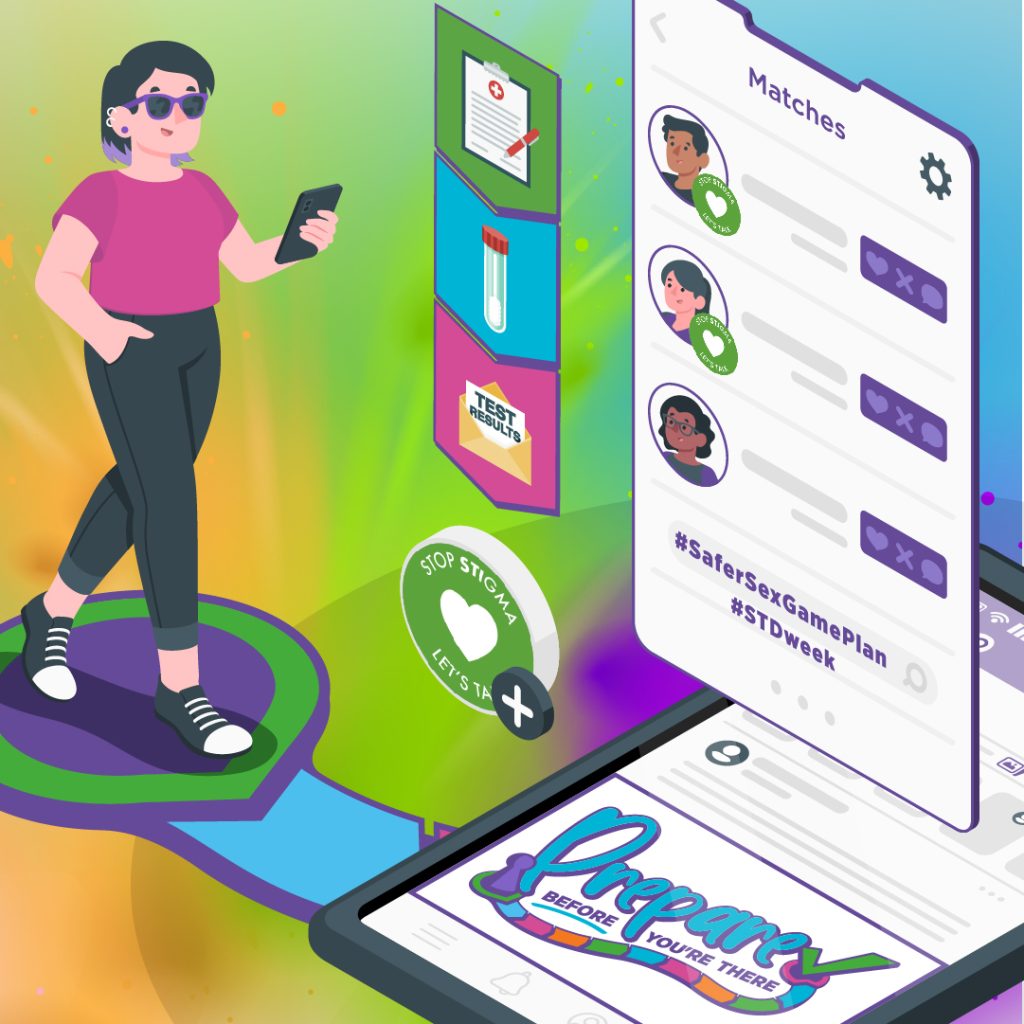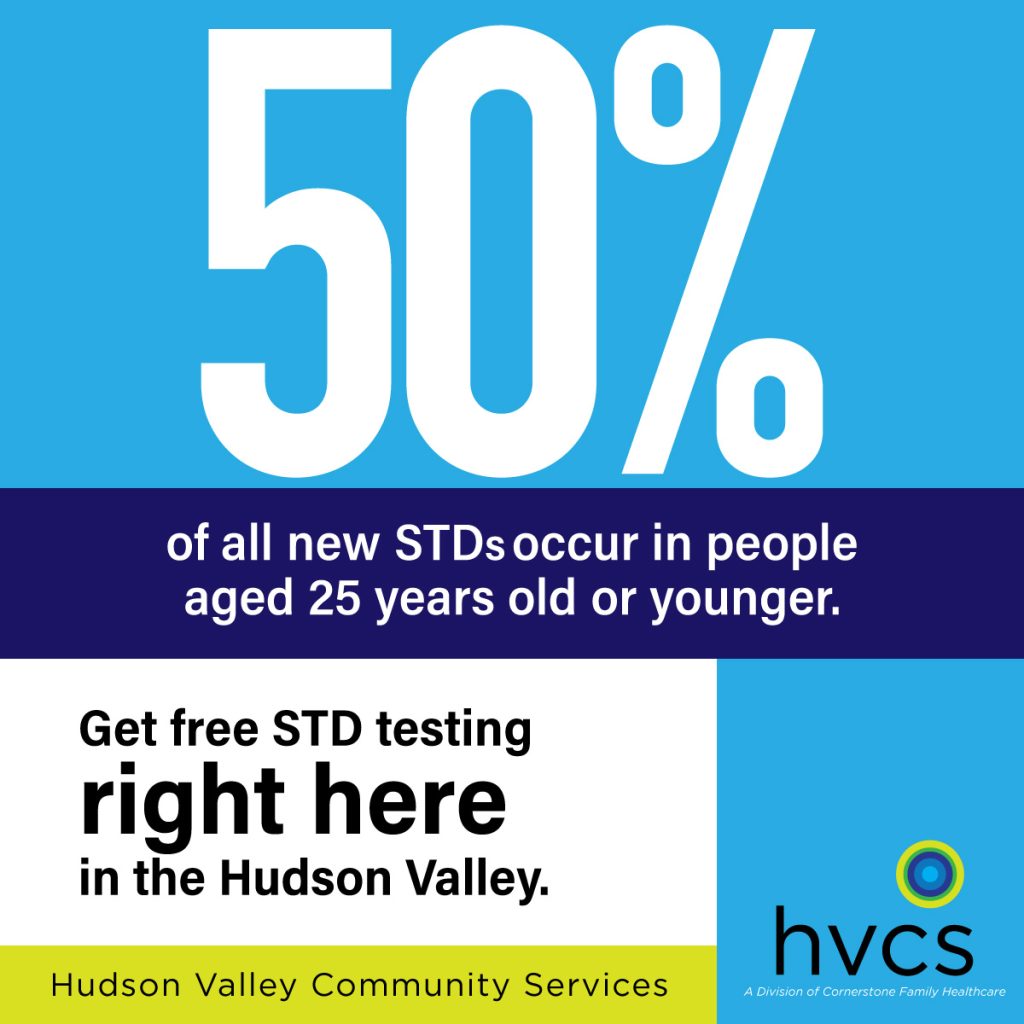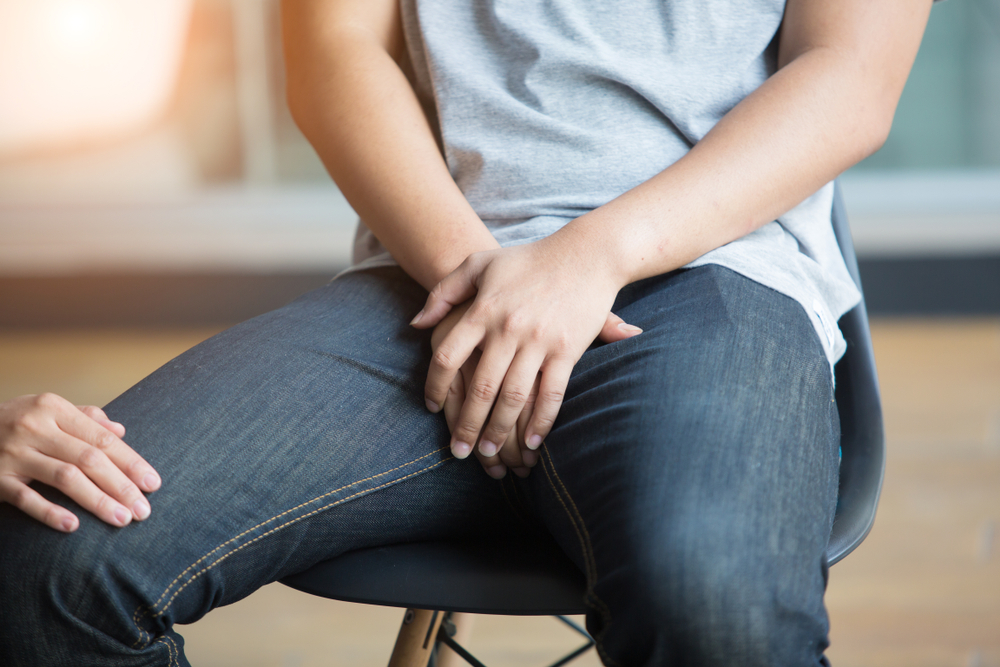“Safer Choices” Campaign Designed to Promote Tools and Knowledge to Reduce Overdose Deaths in New York
ALBANY, N.Y. (February 9, 2023) – The New York State Department of Health today announced the launch of a new harm reduction campaign, “Safer Choices,” to help prevent overdose deaths across New York. The multi-media campaign, starting with a focus on social media platforms and web-based resources, is meant to equip individuals with an understanding of how to reduce overdose, as deadly fentanyl continues to be found in a wide variety of drugs. The campaign also continues to emphasize the importance of naloxone as a life-saving tool in the event of an overdose.
“To help reduce the number of overdose deaths across the state, we need to make sure people who use drugs, and their family members and friends, know how to reduce the risk of overdose and how to respond should an overdose occur,” Acting State Health Commissioner Dr. James McDonald said. “This new campaign will not only save lives, but it will also serve to help reduce the bias and discrimination associated with a substance use disorder diagnosis.”
The campaign shares helpful information and steps for family members, friends, and persons who use drugs. Tips for family members and friends strongly recommending carrying naloxone in case they witness an overdose, as well as information about Opioid Overdose Training programs across the state and about the Naloxone Co-payment Assistance Program (N-CAP), which can cover co-payments for naloxone of up to $40.
These important messages focus on other life-saving steps that can be taken, which include testing drugs for fentanyl contamination. Fentanyl, a synthetic opioid that is 50-100 times stronger than heroin, has been found in powder cocaine, crack cocaine, methamphetamine, molly/MDMA, counterfeit Xanax, other pills, and powder sold as heroin. In addition, the campaign advises individuals to never use opioids and other drugs alone, and to know that, in case of an overdose, calling 911 will not result in a possession charge. Persons who use drugs are also encouraged to carry naloxone and know how to administer this life-saving drug.
More information about the new harm reduction campaign can be found at https://www.health.ny.gov/saferchoices.
This latest campaign builds on the Department’s ongoing work to support a variety of harm reduction initiatives. Other programs include the Local Health Department Initiative, providing funding to 24 county health departments with the highest overdose rates outside of New York City to bolster primary care, corrections, harm reduction, emergency departments, public safety, and more; over 900 registered Opioid Overdose Prevention Programs, which provide training to non-medical individuals to recognize opioid overdoses and provide naloxone at no cost to the participant. The Department also operates New York MATTERS, an electronic referral system for connecting individuals with opioid use disorder to local treatment and harm reduction services.
Additionally, the State has authorized 25 Syringe Exchange Programs (SEPs) with over 81 sites statewide. SEPs remain at the forefront of innovation in addressing the needs of New Yorkers who use drugs and lead in the distribution of naloxone to New Yorkers vulnerable to overdose. The State’s 14 Drug User Health Hubs have been built upon the long-standing foundation of SEPs. These Hubs focus on reducing overdose by providing access to buprenorphine, building safety plans with people who have experienced a non-fatal overdose and equipping participants with naloxone.
Governor Hochul’s administration also recently announced more than $8.6 million for innovative programs to treat opioid addiction through grants awarded through New York State’s Opioid Settlement Fund.
People with question or requests for additional information should visit https://www.health.ny.gov/statistics/opioid/
Information on where to find nearby Syringe Exchange Program site locations can be found here.
New Yorkers struggling with an addiction, or whose loved ones are struggling, can find help and hope by calling the state’s toll-free, 24-hour, 7-day-a-week HOPEline at 1-877-8-HOPENY (1-877-846-7369) or by texting HOPENY (Short Code 467369).
-###-
Contact: New York State Department of Health
518-474-2043 x. 2
press@health.ny.gov
facebook.com/NYSDOH
twitter.com/HealthNYGov
pinterest.com/nysdoh
health.ny.gov
New York State Department of Health Launches New Harm Reduction Campaign to Help Reduce Overdoses
“Safer Choices” Campaign Designed to Promote Tools and Knowledge to Reduce Overdose Deaths in New York
ALBANY, N.Y. (February 9, 2023) – The New York State Department of Health today announced the launch of a new harm reduction campaign, “Safer Choices,” to help prevent overdose deaths across New York. The multi-media campaign, starting with a focus on social media platforms and web-based resources, is meant to equip individuals with an understanding of how to reduce overdose, as deadly fentanyl continues to be found in a wide variety of drugs. The campaign also continues to emphasize the importance of naloxone as a life-saving tool in the event of an overdose.
“To help reduce the number of overdose deaths across the state, we need to make sure people who use drugs, and their family members and friends, know how to reduce the risk of overdose and how to respond should an overdose occur,” Acting State Health Commissioner Dr. James McDonald said. “This new campaign will not only save lives, but it will also serve to help reduce the bias and discrimination associated with a substance use disorder diagnosis.”
The campaign shares helpful information and steps for family members, friends, and persons who use drugs. Tips for family members and friends strongly recommending carrying naloxone in case they witness an overdose, as well as information about Opioid Overdose Training programs across the state and about the Naloxone Co-payment Assistance Program (N-CAP), which can cover co-payments for naloxone of up to $40.
These important messages focus on other life-saving steps that can be taken, which include testing drugs for fentanyl contamination. Fentanyl, a synthetic opioid that is 50-100 times stronger than heroin, has been found in powder cocaine, crack cocaine, methamphetamine, molly/MDMA, counterfeit Xanax, other pills, and powder sold as heroin. In addition, the campaign advises individuals to never use opioids and other drugs alone, and to know that, in case of an overdose, calling 911 will not result in a possession charge. Persons who use drugs are also encouraged to carry naloxone and know how to administer this life-saving drug.
More information about the new harm reduction campaign can be found at https://www.health.ny.gov/saferchoices.
This latest campaign builds on the Department’s ongoing work to support a variety of harm reduction initiatives. Other programs include the Local Health Department Initiative, providing funding to 24 county health departments with the highest overdose rates outside of New York City to bolster primary care, corrections, harm reduction, emergency departments, public safety, and more; over 900 registered Opioid Overdose Prevention Programs, which provide training to non-medical individuals to recognize opioid overdoses and provide naloxone at no cost to the participant. The Department also operates New York MATTERS, an electronic referral system for connecting individuals with opioid use disorder to local treatment and harm reduction services.
Additionally, the State has authorized 25 Syringe Exchange Programs (SEPs) with over 81 sites statewide. SEPs remain at the forefront of innovation in addressing the needs of New Yorkers who use drugs and lead in the distribution of naloxone to New Yorkers vulnerable to overdose. The State’s 14 Drug User Health Hubs have been built upon the long-standing foundation of SEPs. These Hubs focus on reducing overdose by providing access to buprenorphine, building safety plans with people who have experienced a non-fatal overdose and equipping participants with naloxone.
Governor Hochul’s administration also recently announced more than $8.6 million for innovative programs to treat opioid addiction through grants awarded through New York State’s Opioid Settlement Fund.
People with question or requests for additional information should visit https://www.health.ny.gov/statistics/opioid/
Information on where to find nearby Syringe Exchange Program site locations can be found here.
New Yorkers struggling with an addiction, or whose loved ones are struggling, can find help and hope by calling the state’s toll-free, 24-hour, 7-day-a-week HOPEline at 1-877-8-HOPENY (1-877-846-7369) or by texting HOPENY (Short Code 467369).
-###-
Contact: New York State Department of Health
518-474-2043 x. 2
press@health.ny.gov
facebook.com/NYSDOH
twitter.com/HealthNYGov
pinterest.com/nysdoh
health.ny.gov
